The peanut industry in Australia has experienced steady growth in recent years, with raw peanuts gaining popularity for their versatile uses and health benefits. This article explores the potential business opportunities presented by the raw peanut market in Australia. From farming and processing to commercializing and exporting, this sector offers lucrative prospects for those willing to invest in this nutty venture. Market Analysis: 1. Growing Demand: The demand for raw peanuts in Australia has increased due to rising consumer awareness about their nutritional value and versatility in various culinary applications. From households to restaurants and food manufacturers, raw peanuts have carved a niche for themselves in the local market.

.
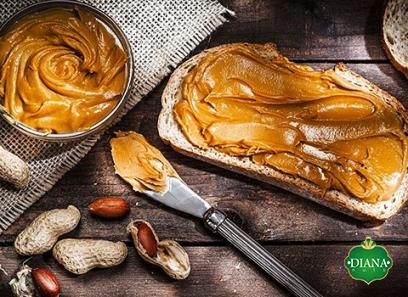 2. Health Benefits: Raw peanuts are an excellent source of protein, healthy fats, fiber, and essential micronutrients. They are also rich in antioxidants, aiding in better heart health and reducing the risk of chronic diseases. This health-conscious trend encourages consumers to opt for raw peanuts as part of their daily diet. 3. Versatile Applications: Raw peanuts find extensive use in various culinary creations, including peanut butter, snack bars, confectionery, and baking. They can also be ground into flour, transformed into oil, or roasted for a crunchy texture. The versatility of raw peanuts makes them highly sought after by food manufacturers and chefs alike. Farm Management and Harvesting: 1. Suitable Climate: To cultivate raw peanuts in Australia, farmers need to choose regions with a warm and temperate climate. Regions like Queensland, New South Wales, and the northern parts of Western Australia are considered ideal for peanut cultivation.
2. Health Benefits: Raw peanuts are an excellent source of protein, healthy fats, fiber, and essential micronutrients. They are also rich in antioxidants, aiding in better heart health and reducing the risk of chronic diseases. This health-conscious trend encourages consumers to opt for raw peanuts as part of their daily diet. 3. Versatile Applications: Raw peanuts find extensive use in various culinary creations, including peanut butter, snack bars, confectionery, and baking. They can also be ground into flour, transformed into oil, or roasted for a crunchy texture. The versatility of raw peanuts makes them highly sought after by food manufacturers and chefs alike. Farm Management and Harvesting: 1. Suitable Climate: To cultivate raw peanuts in Australia, farmers need to choose regions with a warm and temperate climate. Regions like Queensland, New South Wales, and the northern parts of Western Australia are considered ideal for peanut cultivation.
..
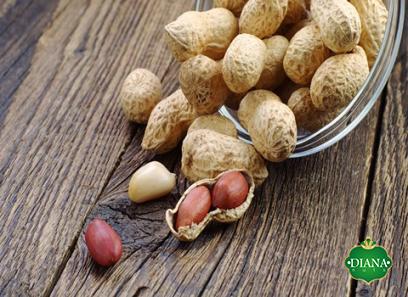 2. Farming Practices: The cultivation of raw peanuts requires proper soil preparation, irrigation systems, and pest control methods. Planting usually takes place in late spring, with harvesting occurring approximately four months later when the peanut plants are mature. Processing and Distribution: 1. Sorting and Cleaning: Once harvested, raw peanuts are sorted, eliminating any damaged or discolored nuts. Advanced cleaning methods remove any impurities or foreign matter, ensuring high-quality products for further processing. 2. Roasting and Blending: Roasting raw peanuts enhances their flavor and aroma while maintaining their nutritional value. They can be lightly or heavily roasted based on market demand. Blending roasted peanuts with other ingredients can create various nut-based products and derivatives. 3. Packaging and Distribution: After processing, raw peanuts are packaged in sealed containers or bags to maintain freshness.
2. Farming Practices: The cultivation of raw peanuts requires proper soil preparation, irrigation systems, and pest control methods. Planting usually takes place in late spring, with harvesting occurring approximately four months later when the peanut plants are mature. Processing and Distribution: 1. Sorting and Cleaning: Once harvested, raw peanuts are sorted, eliminating any damaged or discolored nuts. Advanced cleaning methods remove any impurities or foreign matter, ensuring high-quality products for further processing. 2. Roasting and Blending: Roasting raw peanuts enhances their flavor and aroma while maintaining their nutritional value. They can be lightly or heavily roasted based on market demand. Blending roasted peanuts with other ingredients can create various nut-based products and derivatives. 3. Packaging and Distribution: After processing, raw peanuts are packaged in sealed containers or bags to maintain freshness.
…
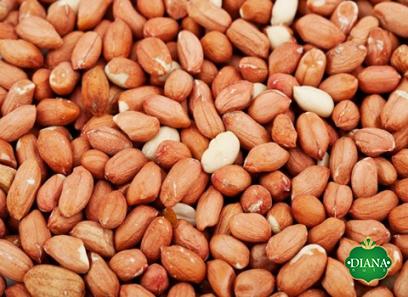 Distributors play a crucial role in reaching retail stores, supermarkets, and food manufacturing companies across Australia. Export Potential: 1. Expanding Global Market: Australia, being a major supplier of raw peanuts, has the potential to tap into the international market. Increasing demands from regions such as Asia Pacific, Europe, and North America present excellent opportunities for export-oriented businesses. 2. Compliance with Quality Standards: Exporting raw peanuts requires adherence to strict quality standards set by international trade bodies and import regulations of different countries. Ensuring compliance with these standards is a crucial aspect of the export process. Conclusion: Investing in the raw peanut industry in Australia offers compelling prospects for entrepreneurs seeking to capitalize on the increasing demand for this nutritious and versatile nut. From farming and processing to distribution and exporting, the various aspects of the raw peanut business present a nutty opportunity for those willing to take the plunge. With careful planning, dedication, and adherence to quality standards, success in this industry is within reach for aspiring entrepreneurs.
Distributors play a crucial role in reaching retail stores, supermarkets, and food manufacturing companies across Australia. Export Potential: 1. Expanding Global Market: Australia, being a major supplier of raw peanuts, has the potential to tap into the international market. Increasing demands from regions such as Asia Pacific, Europe, and North America present excellent opportunities for export-oriented businesses. 2. Compliance with Quality Standards: Exporting raw peanuts requires adherence to strict quality standards set by international trade bodies and import regulations of different countries. Ensuring compliance with these standards is a crucial aspect of the export process. Conclusion: Investing in the raw peanut industry in Australia offers compelling prospects for entrepreneurs seeking to capitalize on the increasing demand for this nutritious and versatile nut. From farming and processing to distribution and exporting, the various aspects of the raw peanut business present a nutty opportunity for those willing to take the plunge. With careful planning, dedication, and adherence to quality standards, success in this industry is within reach for aspiring entrepreneurs.

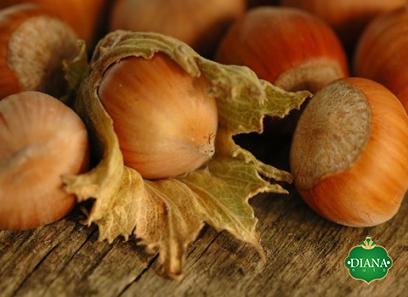
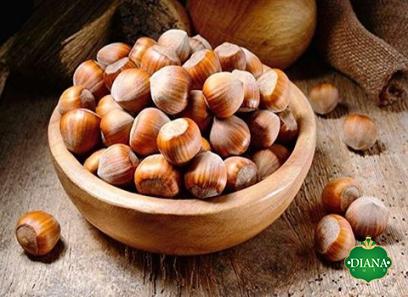

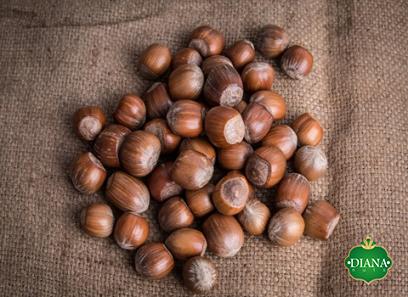

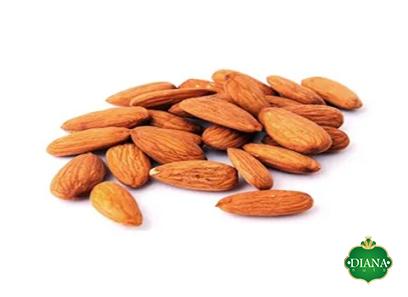
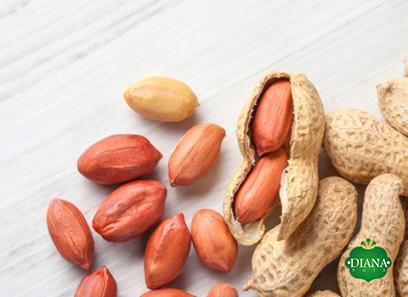
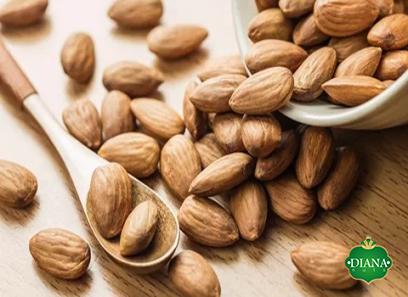
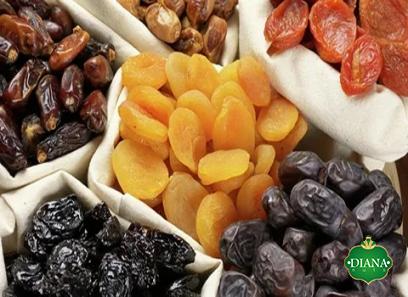
Your comment submitted.